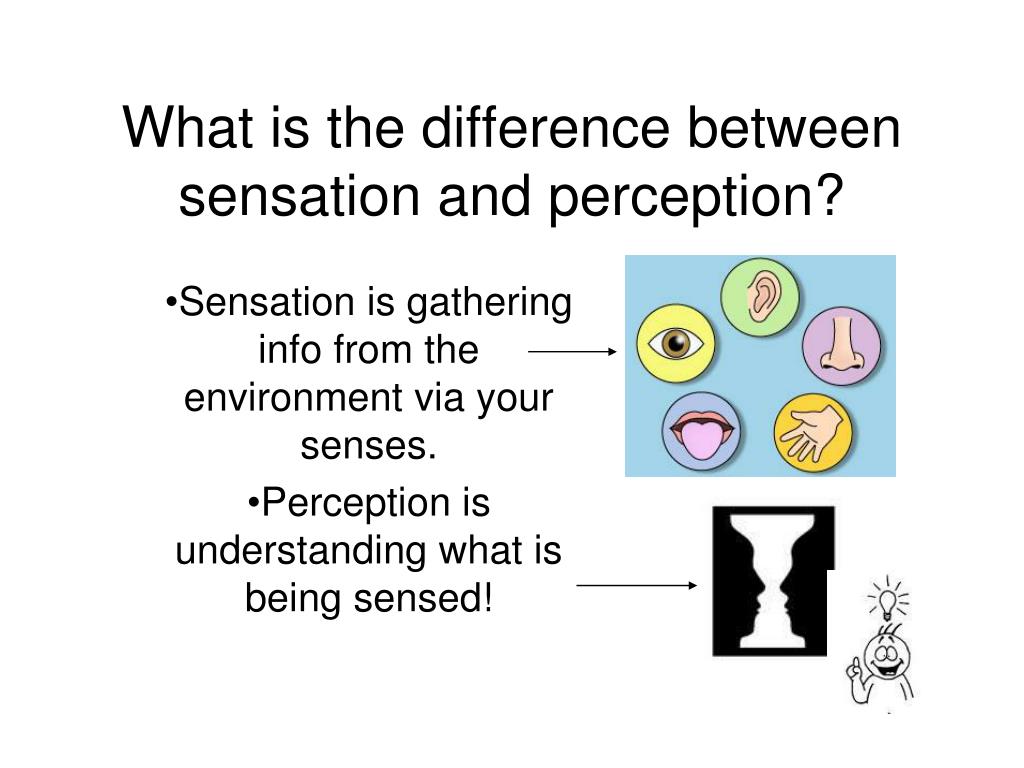

The experiences we have acquired plays an important role while we organize the field of perception into meaningful wholes. Similarly minor errors are not corrected while in proof reading also. Though the figure seems like 3 lines it resembles a triangle.

Here, the principle involved is continuity. Because of similarity in figure A we see them as vertical and in figure B we see them as horizontal.ģ.Continuity : When dots lie along a straight lie or curve, they are seen together. In the above figures, there are two types of dots. We do not see B & C or D, A & E forming a group.Ģ Similarity : Elements that are similar in structure or appearance form a group. Lines A & B form one group C & D another group and so on. Proximity 2) Similarity 3) Continuity 4) Closure.When you perceive twins, the faces become figure and the vase becomes the ground. Now what do you perceive? You may perceive a vase. Look at the figure continuously for sometime. What do you perceive? You may perceive two human faces. In these cases words, pictures and moon are figures and pages, wall and sky are grounds. Look at the figure. For example, we perceive words in a page, pictures in a wall and moon in the sky. In other words, we always perceive a figure in its background. This means that when we perceive a certain thing we divide the perceptual field into (i) Figure which is primary and important aspect, and (ii) Ground which is a secondary or unimportant aspect. There are external and internal factors that determine the organization of the field of perception.įigure and ground relationship is an important factor of perceptual organization. We call this process as organization or synthesis. We derive the meaning from sensations by combining them into longer wholes. Perception is sensation strengthened by ideas of various kinds. Both the aspects of analysis and synthesis occur at the same time.Our past experience determines the nature of perception.Marquis, Perception is the process of getting to know objects and objective facts by the use of the senses”. Sargent, “in a psychological sense the word ‘Perception’ means both the physical act of receiving sense impressions (seeing, hearing, smelling etc.) and interpreting these impressions’.Īccording to R.S. For example, if a student perceives that he is studying well in his school days, it will give him a hope for better future and he will involve himself completely in his / her school studies.Īccording to S.S. The behaviour of a person depends upon his perception. Perception is the way we perceive and understand things, objects, persons and events. Though perception depends on sensation, the accuracy of perception depends more on experience, the memories and ideas we get from the past experiences. When a sensation gets meaning it is called perception. Mere sensation does not give us knowledge. Perception is the process by which we become aware of changes (objects, qualities or relations) by sense organs.


 0 kommentar(er)
0 kommentar(er)
